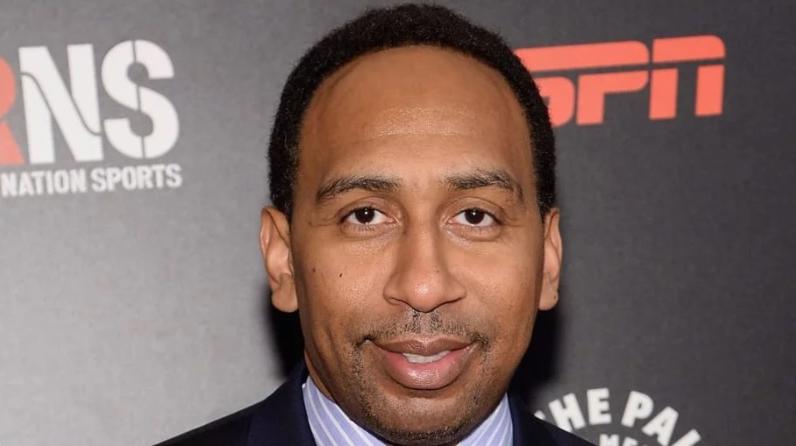
*The tragic suicides of renowned food master Anthony Bourdain and fashion designer Kate Spade garnered reams of press and public attention. But what has gotten almost no attention was a study by the AMA a few months before their deaths that revealed two things.
One is that for the first time the suicide rate among young black males surpassed that of whites of any age group. The other was it exploded a widely propagated myth that blacks do not kill themselves in anywhere near the numbers that whites do.
As with Bourdain and Spade, the reasons given for the surge in suicides across gender and ethnic groups are depression, drugs, trauma, alienation, social discontent, and general life dissatisfaction. But there is one more cause that marks the surge in black suicides as far different than that of whites: racism. The deep sense of hopelessness and alienation that stems from chronic neglect, denial of opportunities, poverty, and the sense of dead end life existence are powerful disincentives for living for many young blacks.
The tragic irony is that a major reason the rise in black suicides has gotten so little attention is not solely due to racism and the devaluation of black life. It’s the very myth that suicide is solely “a white thing.” This has been the subject of riffs from some comedians most notably Dick Gregory who once quipped that while whites jump out of windows in tall buildings blacks jump up from basements.
Even during the decades when it was a virtual article of belief that blacks didn’t kill themselves, there was enough anecdotal evidence that suicide was a much wider occurrence among blacks than was commonly thought. Yet, there were no studies that honed-in on the incidence of black suicides, let alone the causes. The focus in black deaths was almost exclusively on the disproportionate number of homicides among blacks, especially young black males. Death by violence from other blacks, not death by their own hand, accounted for the higher mortality rate and risk factor among blacks. This blind spot prevented health professionals and policy makers from devising initiatives and allocating resources for tackling the suicide problem among blacks.
The issue, though, did not totally go unnoticed. In April 2015, Missouri Congressman Emanuel Cellars urged then President Obama to create a task force to examine the rise in black suicides and to develop preventative measures. The timing couldn’t have been worse. The murders by Dylann Roof of blacks at a Charleston, South Carolina church assured that the issue of black suicides would get little press attention. In the next year the rash of high profile police shootings of unarmed young black males and the continuing murder carnage in Chicago dominated the headlines.
RELATED NEWS/ANTHONY BOURDAIN: THE ‘PARTS UNKNOWN’ INTERVIEW WITH KAM WILLIAMS (REPRINTED FROM 2014)

This reinforced the public and media view that the violent deaths of blacks, especially black males, were solely from murder or the police. However, the number of black suicides continued its deadly march upwards. Another study found that the victims of suicides among blacks were getting younger and younger and had dipped to those between age 5 and 11. Even this didn’t sound the alarm bells. Public attention had now shifted to the sharp rise in suicides among young whites in rural areas. This was tied into the Opioid addiction crisis and the flight of industry and job loss. The suicide of comedian Robin Williams and a few other white notables further captivated the press and public fascination. This also reinforced the notion that suicide was almost the sole province of whites, rich and poor, and celebrities.
Then there are the grim numbers. Suicides have been on the rise across the board for the past two decades. In 2016, the Centers for Disease Control (CDC) and Prevention, counted more than 45,000 persons that killed themselves. The CDC noted that in a significant number of these cases there was job loss or severe financial hardship. However, that did not explain why so many young black males who weren’t in the job market committed suicide. The road to an answer again and again led back to their deep sense of marginalization that young blacks internalized at earlier and earlier ages. The absence of an early warning system to recognize the trouble signs in schools and among health professionals in poor inner-city communities insured that more young persons who suffered emotional crisis’s would not get the help they desperately needed. The cutbacks in funding and expansion of mental health treatment programs and crisis prevention hotline services further worsened the problem.
The suicides of Bourdain and Spade touched thousands of their ardent fans and peers in the media and the business world. It sparked renewed public attention and concern about the suicide plague. This is a good thing. Unfortunately, that same attention and concern remains totally absent for those who aren’t rich, famous and white and who are also just as likely if not more so, to kill themselves.

Earl Ofari Hutchinson is an author and political analyst. He is the author of the forthcoming “Why Black lives Do Matter” (Middle Passage Press) He is an associate editor of New America Media. He is a weekly co-host of the Al Sharpton Show on Radio One. He is the host of the weekly Hutchinson Report on KPFK 90.7 FM Los Angeles and the Pacifica Network.
We Publish News 24/7. Don’t Miss A Story. Click HERE to SUBSCRIBE to Our Newsletter Now!





